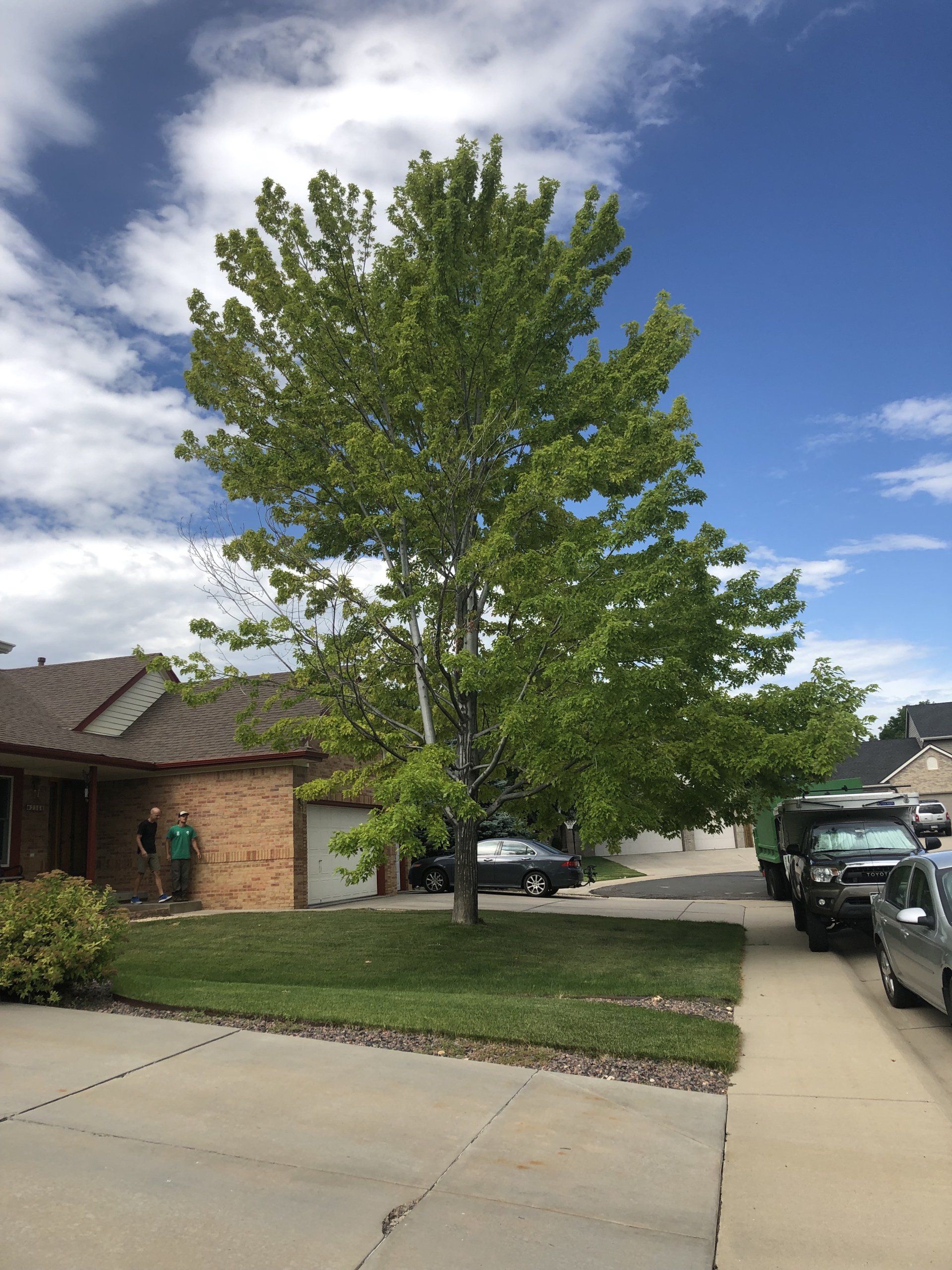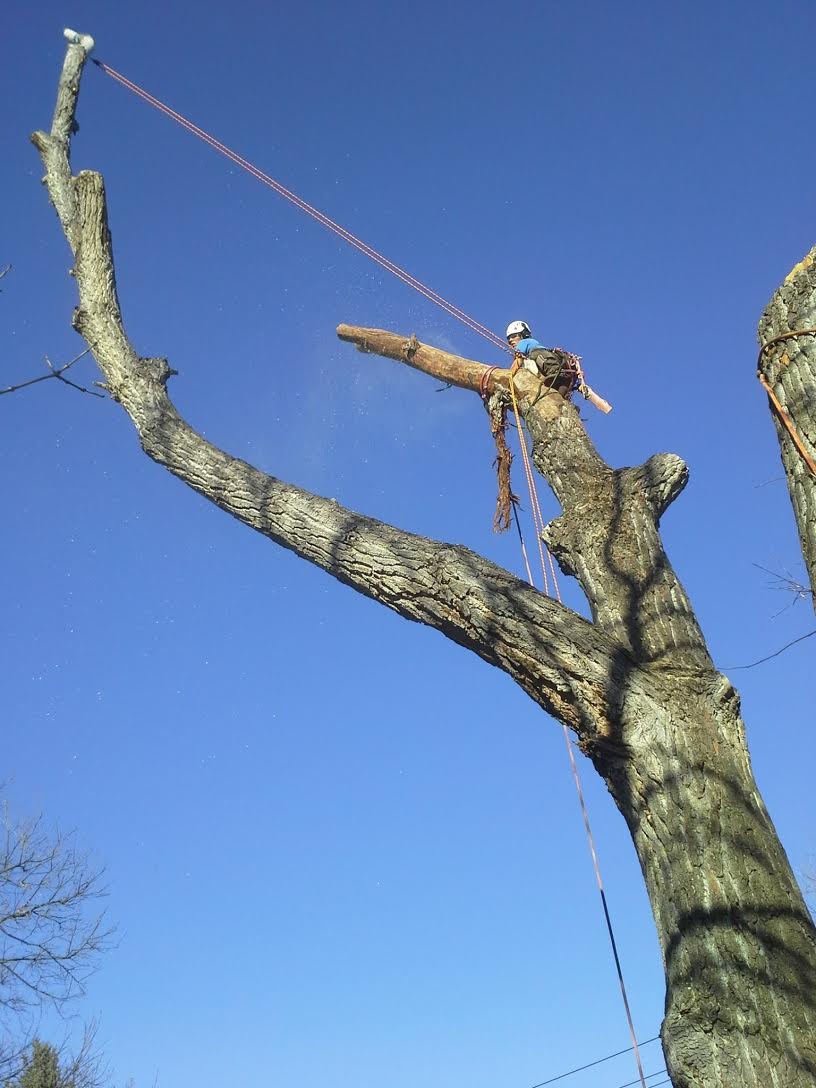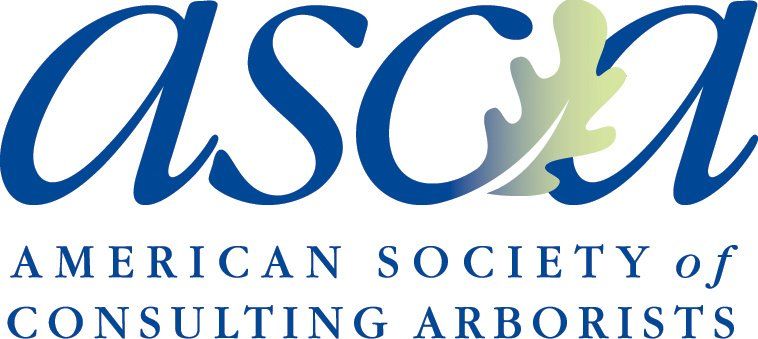Chlorosis
Causes
The main cause of iron unavailability in soil is high pH. Colorado's clay soil is too alkaline, which causes iron to oxidize in the soil and form insoluble compounds which cannot be absorbed by tree roots. The obvious fix would be just to change the pH of the soil, but due to the buffering capacity of the soil that is near impossible. Buffering means that the clay (which makes up most of the soil in Colorado), will react quickly with any acid that is introduced and will not result in any change to the soil pH. The only solution is to replace or amend all of the soil under your tree. But this is just not feasible in a well established landscape.
Chelated Micronutrients
Since we cannot change the properties of the soil quickly enough to help trees that are already stressed, the only solution is to give them what they need. Chelated micronutrients have metal ions locked up in compounds that are stable in the soil. There are many different chelates for each micronutrient and their stability in soil varies greatly. Using the wrong chelated fertilizer won't work because if it is not stable in the soil it will just react and wash away.
Leibig's Law of The Minimum
This is a principle that states that plant growth will be limited by the micronutrient most deficient. This means that even if a deficient micronutrient is added, plant health will only be improved to the point that another micronutrient becomes the limiting factor. This is important when treating chlorosis because even though the iron may be available to a tree, if there is not enough manganese the tree will still not fully green up. For this reason it is advisable to supplement soil with all micronutrients that are less available in alkaline soils. The nutrients we advise you use are iron, manganese, and zinc.
Selecting Which Chelates to Use
Because certain chelates are more stable in alkaline soils it is very important to select the right one. Here is the list of the chelates that we recommend:
If you just get chelated micronutrients from the local retailer, it will likely not include the proper chelates and they will not be as effective. These micronutrients are specially formulated for use in soils like ours.
Iron (Fe) EDDHA
https://www.amazon.com/Grow-More-6546-Chelate-1-Pound/dp/B00BWE2CUE/
Manganese (Mn) EDTA
https://www.greenwaybiotech.com/products/chelated-manganese-edta
Zinc (Zn) EDTA
https://www.greenwaybiotech.com/products/chelated-zinc-edta
These can be spread directly onto the soil. Soil treatment should occur in the spring before the tree leafs out.
Trunk Injection
Directly injecting micronutrients is a more reliable method to get nutrients into the tree. This requires drilling holes into the tree. Drilling into the tree should be considered a last resort and only for trees that are too far into decline or where adding nutrients to soil has not been effective. This requires specialized equipment and must be done by a tree care professional. Trunk injections should occur in the fall just before the tree loses all of its leaves.
Stay tuned and follow us on Facebook for more articles on tree care.

















